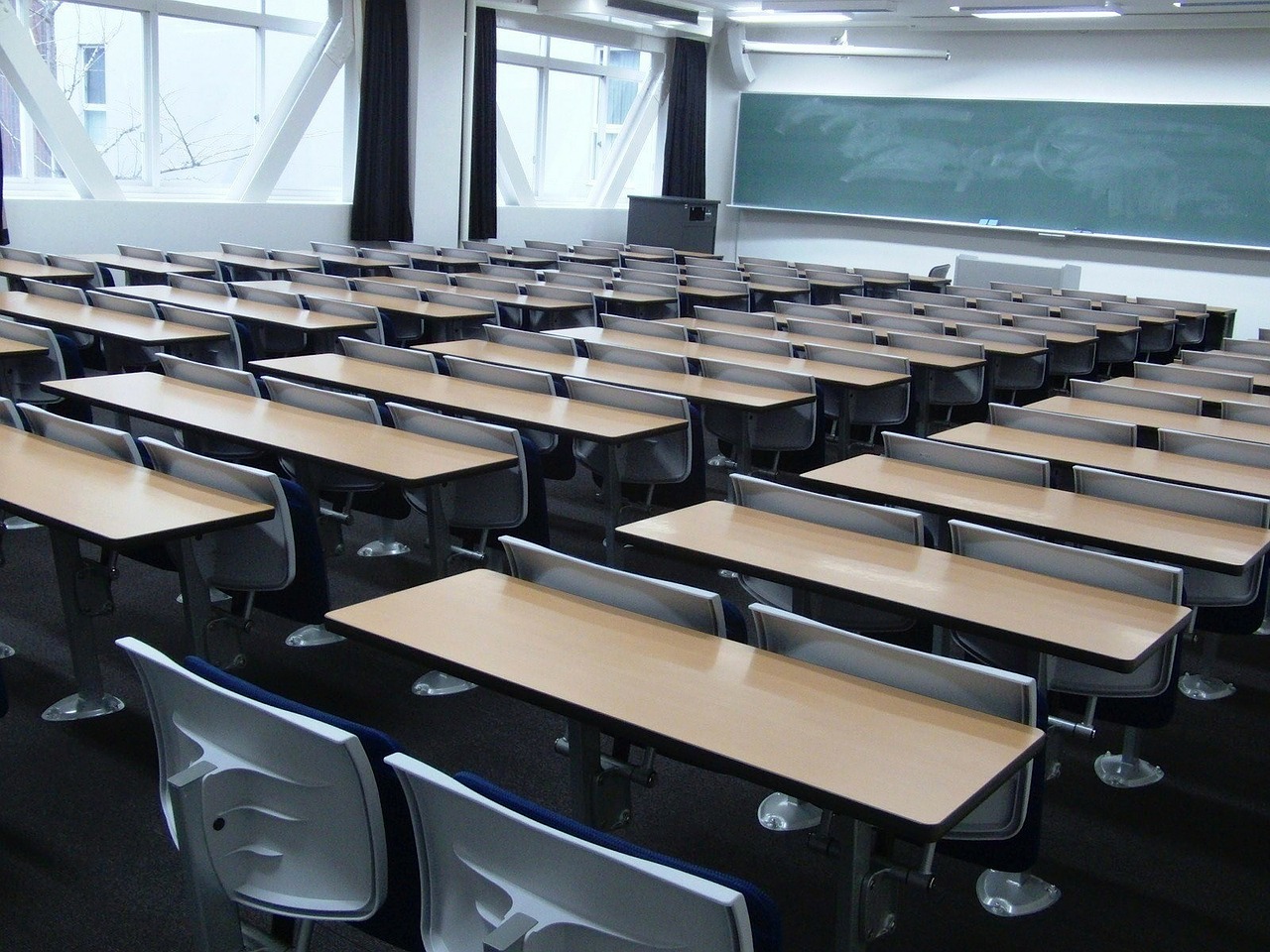The Government detailed their goal for all schools to be part of a “strong trust” by 2030 or be in the process of forming or joining one by then, stating that ‘All schools will provide a high quality and inclusive education within the resilient structure of a strong trust, sharing expertise, resources and support to help teachers and leaders deliver better outcomes for children’. This is not an unexpected governmental objective as the 2016 whitepaper ‘Educational excellence everywhere’ originally introduced this aim.
Currently, more than half of all pupils are educated within academies and free schools rather than maintained schools. We have seen a significant amount of conversions of secondary schools to multi academy trusts (MAT’s) and free schools which now account for 80% of all secondary schools. The conversion of maintained primary schools to MAT’s or free schools has been much slower with only 39% of primary schools converted at present.
So why a ‘trust-led’ system?
Historically since the 2010 reforms, underperforming schools where transferred as sponsored academies to MAT’s which had a good record of improving and developing such schools. The governments data shows that more than 70% of sponsored academies, which were found to be underperforming as a maintained school, have now either obtained a good or outstanding rating on their Ofsted inspection since becoming part of a MAT. They have also conducted analysis which compares sponsored academies with similar maintained local authority schools and have found that on average, the sponsored schools improved at a quicker rate.
Whilst the government recognise that performance does vary in both local authority-maintained schools and trusts, it finds that typically schools working together in a MAT can most effectively share good practice, support their schools to improve, and provide opportunities for staff. A “strong trust” can provide the schools with autonomy and school-led collaboration to share good practices, pool resources, as well as achieving economies of scale and effective financial management. Most importantly, they believe the data shows that MAT’s can deliver strong outcomes and support for their children and teachers where the challenge is at its greatest.
The primary duty of every school is to ensure the best interests of both its current and future pupils are met. So how does a school identify a compatible MAT to join?
This is ultimately the most critical decision a school will make and no corners should be cut when conducting the due diligence in the consideration process. This is the process of by which both parties gather information about each other in order to identify the risks, liabilities, potential cultural differences and practical issues which may cause difficulties later.
The first step should be to assess and establish a clear view of the school’s own strengths and weaknesses as well as its strategic and operational objectives. Schools should determine precisely what they hope to achieve in joining a MAT before identifying potential trusts.
A more formal assessment should then be entered into which, should consider, but is not exclusive to the following fundamental areas:
• Does the trust have similar strategic visions and goals for the future?
• Are the trusts’ organisational cultures and values compatible with our own?
• What skills and assets can the MAT bring to the school and to what extent do they fulfil the school’s needs, and vice versa?
• Do the MAT’s educational outcomes raise any concerns?
• Does the MAT’s financial status raise any red flags?
• What is the geographical spread of the existing academies within the trusts? Does your school fit reasonably within the area to allow for sharing resources across the trust?
• A review of the accounting software that is in place and any major IT changes that will be required to assist integration into a new trust.
Essentially, the aim of the due diligence work undertaken is to provide assurance to both parties that they are making a decision that is in the best interests of their school/trust and the pupils that they are responsible for. We can undertake a due diligence review of the financial, governance and funding implications of conversion for your school. Similarly, for MAT’s we can assist you so that the financial position of any new school joining the MAT is clear from the outset, in order to avoid any unexpected revelations potentially coming to the surface at a later date.
The next step
For further information on the services we can provide to your school or trust please contact Jenna Murphy on j.murphy@uhy-manchester.com, or your local UHY education specialist.




